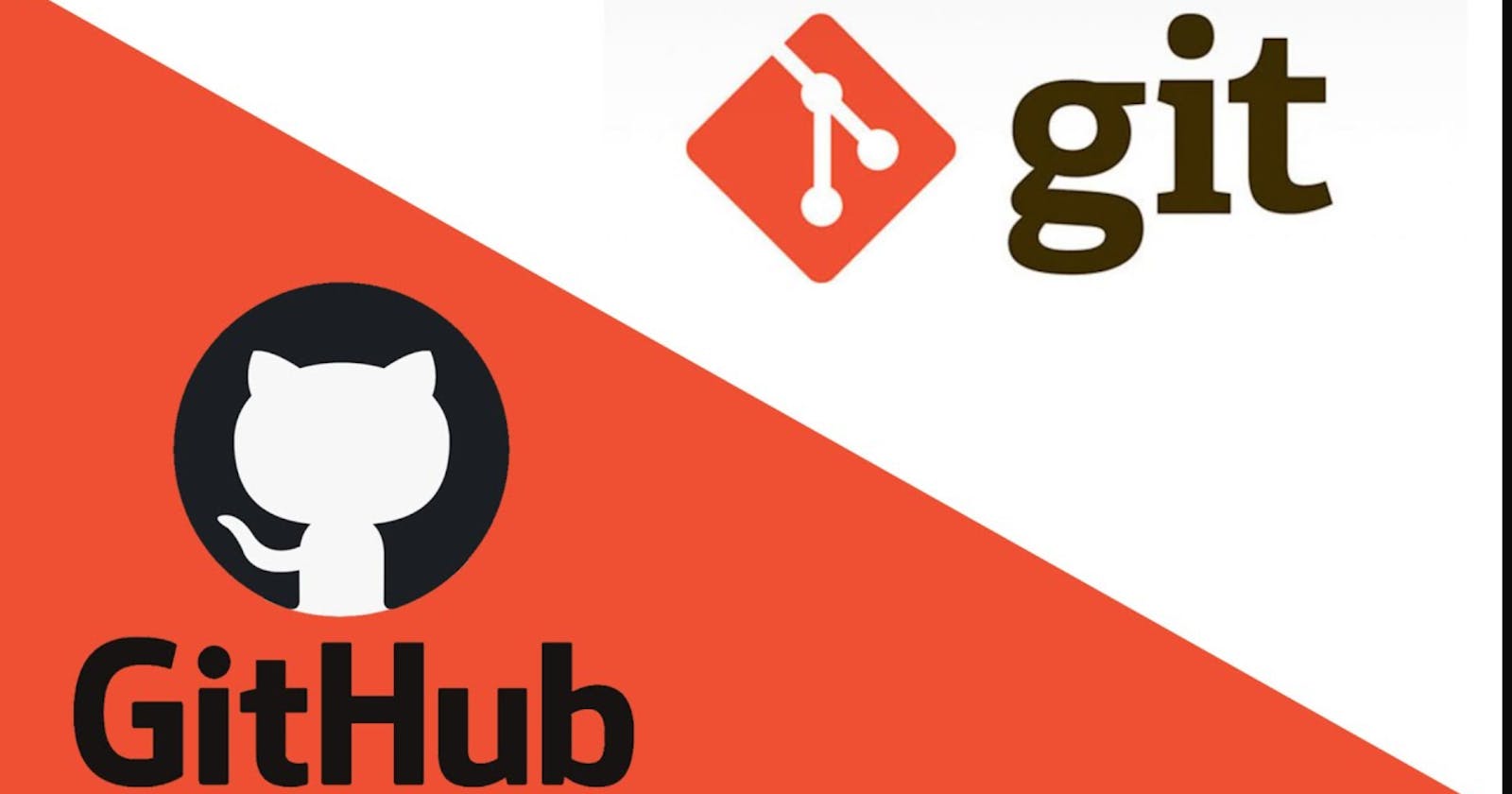Decoding Git: An In-Depth Guide to Version Control and Collaborative Development
Introduction
In today's software development landscape, effective version control is paramount for successful collaboration and project management. Git, a distributed version control system, has emerged as the industry standard due to its robustness and flexibility. This blog post aims to demystify Git, covering its core concepts, essential functions, and its integration with GitHub, a popular platform for hosting and collaborating on Git repositories.
What is Git and Why Use It?
Git is a powerful distributed version control system developed by Linus Torvalds in 2005. It offers a plethora of advantages that have made it the go-to choice for developers worldwide:
Distributed Architecture
Git's distributed nature allows every team member to have a complete copy of the repository on their local machine. This design promotes collaboration, enables offline work, and ensures the resilience of your project's history.
Speed and Efficiency
Git's emphasis on performance makes it incredibly fast, even when dealing with extensive codebases. It's efficient handling of branching and merging operations further boosts productivity, allowing developers to work in parallel seamlessly.
Lightweight and Scalable
Git's small footprint and efficient storage mechanisms make it suitable for projects of any size. Whether you're working on a personal project or collaborating on a large-scale enterprise application, Git can handle it with ease.
Key Concepts of Git
To understand Git fully, it's essential to grasp its core concepts. Let's explore these fundamental concepts:
Repositories: A Git repository is a central storage unit that houses your project files and their complete history. It serves as the backbone of version control, allowing you to track changes, revert to previous versions, and facilitate collaboration.
Commits: A commit in Git represents a snapshot of your project at a specific point in time. Each commit is uniquely identified by a cryptographic hash and contains information about the changes made, such as modified files, additions, or deletions.
Branches: Branching enables developers to work on different features, bug fixes, or experiments simultaneously. Git's lightweight branching system allows you to create, switch between, and merge branches effortlessly. The main branch, often named "master" or "main," represents the stable and production-ready version of your project.
Key Git Functions: Now let's dive into the essential functions of Git and understand how they facilitate version control and collaboration.
Clone: The clone operation creates a local copy of a remote repository on your machine. It provides you with the complete history and allows you to work independently.
git clone <repository-url>
Add: The add function stages changes made to files, preparing them for the next commit. By selecting specific files or directories, you inform Git that these changes should be included in the upcoming commit.
git add <file-name>
Commit: Committing captures a snapshot of your project's state, creating a new point in its history. Each commit is accompanied by a descriptive message that explains the changes made, providing valuable context for future reference.
commit -m "Commit message"
Push: Pushing involves sending your local commits to a remote repository, making them accessible to others. It ensures collaboration by updating the remote repository with your latest changes.
git push origin <branch-name>
Pull: Pulling retrieves changes made by others from a remote repository and incorporates them into your local branch. This operation ensures that you have the most up-to-date version of the project and allows for seamless collaboration.
git pull origin <branch-name>
Checkout: Checkout allows you to switch between different branches or navigate to a specific commit in your project's history.
git checkout <branch-name>
Branch: The branch function allows you to create new branches, list existing branches, or delete branches.
git branch <branch-name>
Reset: Reset allows you to undo commits, move the branch pointer to a previous commit, or unstage changes.
git reset <commit-hash>
Merge: Merging combines changes from one branch into another, integrating their commit history. It creates a new merge commit and is commonly used to incorporate feature branches or bug fixes back into the main branch.
git merge <branch-name>
Rebase: Rebasing allows you to move or combine a sequence of commits onto a new base commit. It provides a linear commit history by modifying the original commits. Rebasing is useful when integrating changes from a remote repository, ensuring a clean and streamlined commit history.
git rebase <branch-name>
Introducing GitHub
GitHub, a web-based platform built around Git, enhances collaboration and project management. Let's explore how GitHub complements Git's capabilities:
Hosting and Collaboration: GitHub serves as a central hub for hosting Git repositories. It provides an intuitive web interface for browsing, managing, and collaborating on projects. Developers can clone repositories, contribute changes, and collaborate seamlessly, regardless of their physical location.
Pull Requests: Pull requests are a key feature of GitHub, facilitating code review and collaboration among team members. Developers can propose changes to a project by creating a pull request, which acts as a discussion platform for reviewing and providing feedback. Once approved, the changes are merged into the main branch.
Conclusion
In this comprehensive guide, we've explored the fundamental concepts of Git, its essential functions, and its integration with GitHub for enhanced collaboration. Git's distributed architecture, speed, and scalability make it an indispensable tool for modern software development. By understanding and leveraging Git's capabilities, developers can effectively manage version control, streamline collaboration, and contribute to successful projects.
Remember, Git offers a wide range of features beyond those covered in this guide. As you continue your journey with Git, delve deeper into its documentation and explore advanced concepts to unlock its full potential.
